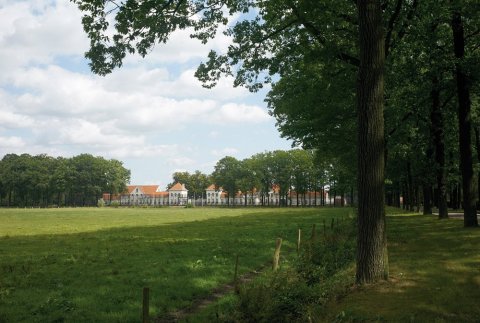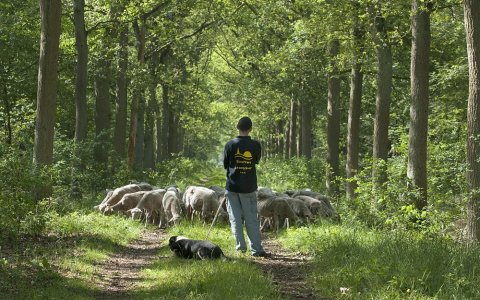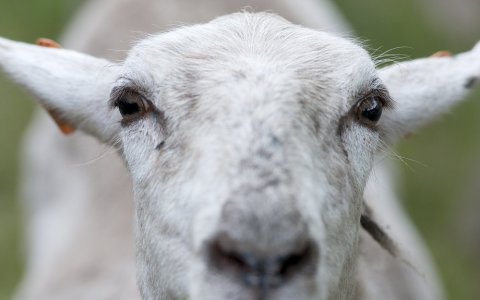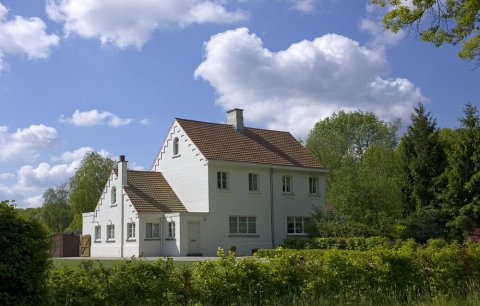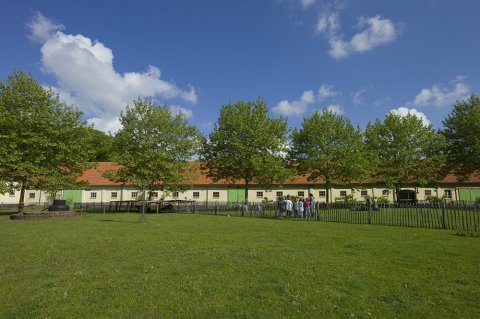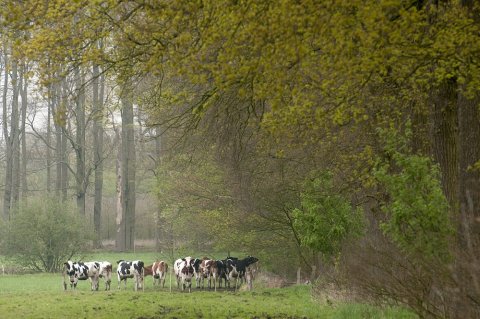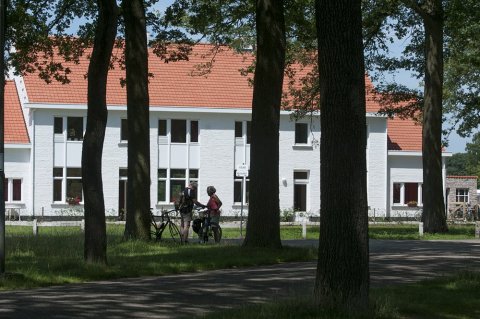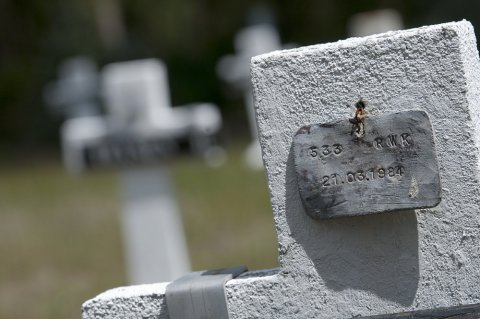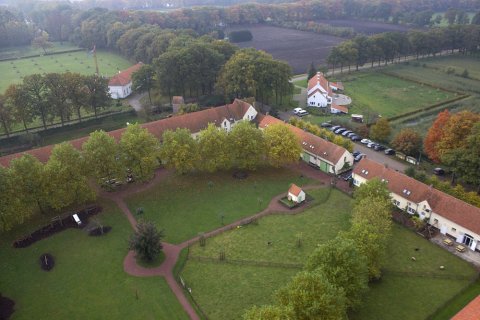Wortel Colony
UNESCO World Heritage Site since 26th July 2021
A vagrant past
The agricultural colony of Wortel was established in 1822 as a free colony, following the example of other Colonies of Benevolence in the Northern Netherlands. Poor families could stay here if they worked the inhospitable moorland. In this way, and open and varied landscape was created that is crisscrossed by tree-lined avenues, fields, woods and meres. The Colony covered more than 500 hectares of land! In 1993, this system came to an end when the law against vagrancy in Belgium was abolished. The extensive domain was at risk of being fragmented and disappearing altogether. Fortunately, Wortel Colony is now protected, so that cyclists, hikers and equestrians can continue to enjoy this unique landscape. Here, school children get a taste of the countryside and life on the farm at De Bonte Beestenboel. Be sure to walk along Bootjesven, a mere that was once used as a natural swimming pool for the colony’s personnel. The reorganised intersection of the four buildings is worth visiting. In the summer months, you may encounter a shepherd with his sheep, which keep the grass on the berms sufficiently short.
Plan your visit on www.kolonie57.be
The role of Kempens Landschap
Our organisation was established in 1997 to preserve this and other endangered landscapes. The farm building of De Bonte Beestenboel is property of Kempens Landschap, but our involvement in this domain extends much further. Through all kinds of (subsidised) projects, Kempens Landschap ensures that the Colonies will gradually evolve into an attractive tourist area.
Since 26th of July 2021, the Colony of Wortel - together with three Dutch Colonies of Benevolence - are inscribed on the UNESCO World Heritage List. For more information about the zeven Colonies of Benevvolence and the nominationproject, see www.kolonienvanweldadigheid.eu.
Be sure to visit Merksplas Colony as well!
Kolonie 41
2323 Wortel (Hoogstraten)


